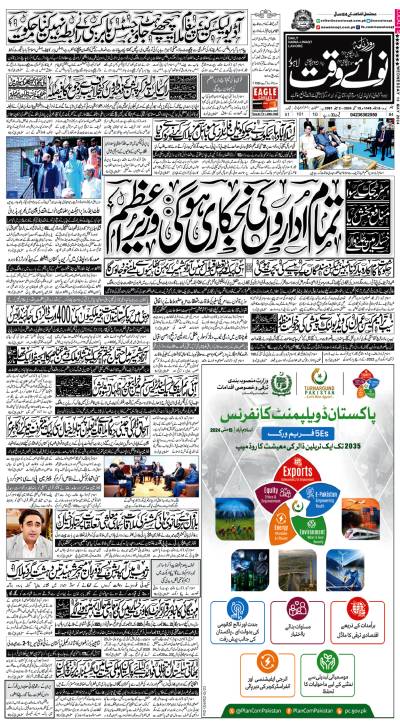NEWPORT, UK - Nato leaders agreed Friday to set up a new force to meet emerging global security threats and to maintain a “continuous” presence in an eastern Europe rattled by Russian moves in Ukraine.
The new “spearhead” force, comprising several thousand troops and ready to deploy in a few days, means “we can deal swiftly and firmly with any threat,” Nato head Anders Fogh Rasmussen said. “This decision sends a clear message - Nato protects all allies at all times” and any “potential aggressor” should bear that in mind, he said at a Nato summit in Newport, Wales. Nato has a larger Response Force but it has never been deployed in action and analysts believe it would take weeks to put in the field, way too long to be a credible deterrent in the face of fast changing threats. Russian tactics in Ukraine, its use of social media and new technologies to sway public opinion and catch opponents off-guard, coupled with its traditional military strengths have all surprised Nato and challenged its accepted thinking, analysts say. Rasmussen gave no further details of the new unit’s structure or size but a spokesman for British Prime Minister David Cameron said London could contribute 1,000 troops, while press reports put the total number at around 4,000.
Nato’s 28 leaders also adopted a broad Readiness Action Plan to strengthen overall collective defence.
“This is a demonstration of our solidarity and our resolve,” Rasmussen said, and would help reassure allies spooked by the Ukraine crisis, extremist gains in the Middle East and instability in North Africa.
Significantly, in response to a growing threat on a new front highlighted by Russian actions in the Ukraine crisis, cyber-defence was designated as a core Nato task.
Cyber-attacks “can reach a level that threatens the prosperity, security and stability of our countries and the Euro-Atlantic area,” Rasmussen said.
The two-day Nato summit has been billed as the most important since the end of the Cold War as the 28 allies put together a response to Russia’s intervention in Ukraine in what Rasmussen described as “these turbulent times.”
Building on previous measures of support put in place since the Ukraine crisis began, Nato agreed to “maintain a continuous presence in the air, on land and at sea in eastern parts of the alliance on a rotational basis,” he said.
The alliance, set up under the US nuclear umbrella in 1949 to protect Western Europe from the Soviet Union, will pre-position command facilities, equipment and supplies in the region so as to boost its response times, he added.
To offer reassurance up to now, Nato has rotated troops and aircraft through newer member states such as Poland and the Baltic states - which were once ruled from Moscow and have called for help in the face of a more assertive Russia.
Nato’s relations with Russia are based on the 1997 Founding Act which fixed eastern Europe’s post-Cold War borders and prohibited both parties from stationing their troops there permanently.
It also said those borders could not be changed by force.
On that count, Nato and Rasmussen have repeatedly charged that Russia’s intervention in Ukraine puts it in breach of the Founding Act which the alliance, in contrast, continues to honour.
Moscow has in turn accused Nato of ignoring the Founding Act and stoking a new Cold War by expanding into former Soviet-held territory.
There has been speculation Nato might revoke the Founding Act, but the consequences could be severe and only add uncertainty to an already tense region.
Thursday, May 16, 2024
Nato to boost presence in east, approves rapid reaction force
Dejected farmers seek comprehensive wheat procurement mechanism
7:41 AM | May 16, 2024
Opposition rejects defamation law
May 16, 2024
LHC sets aside Rana Arshad’s victory notification
May 16, 2024
Heat Alert
May 15, 2024
Tax Reform
May 15, 2024
Crisis Averted
May 15, 2024
Time Is Now
May 14, 2024
Power Abuse
May 14, 2024
Success of Lunar Mission
May 15, 2024
Service disruption
May 15, 2024
Weather Crisis
May 15, 2024
Reforming the Wheat Purchase System
May 15, 2024
Political Instability
May 14, 2024
ePaper - Nawaiwaqt
Advertisement
Nawaiwaqt Group | Copyright © 2024





